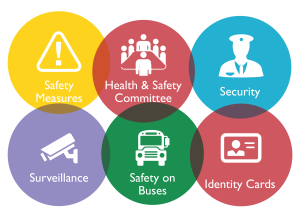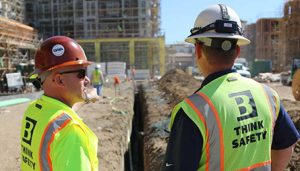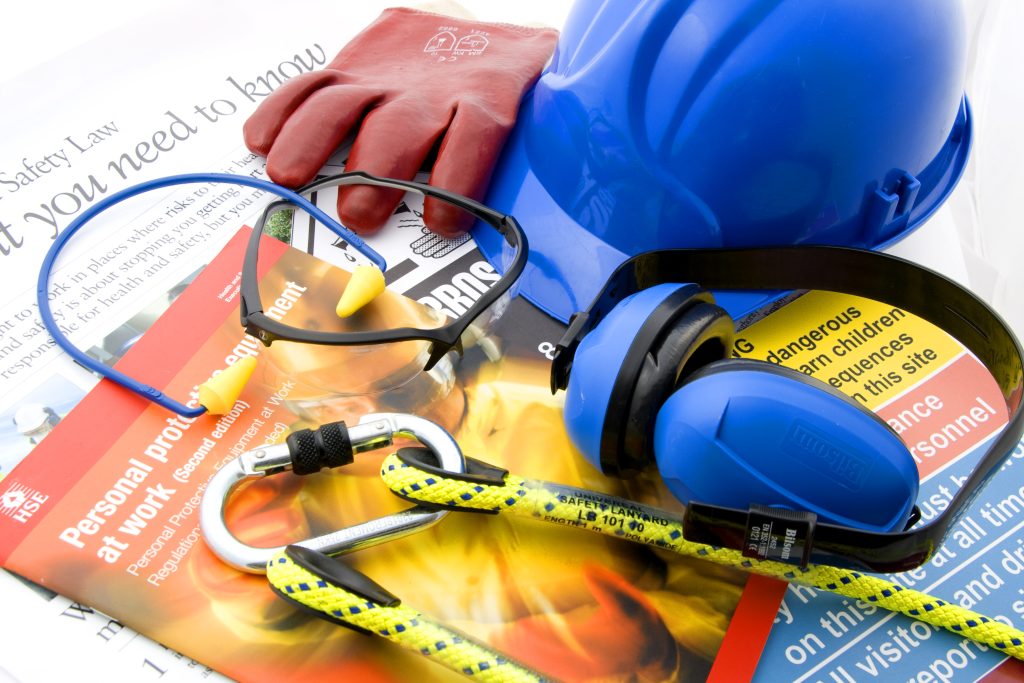Enhancing Safety and Security: Illustrations of Activities in a Comprehensive Program
Introduction
Security and safety are now the top priorities for people, businesses, and communities everywhere in the modern world. Correspondingly, to reduce risks, safeguard assets, and guarantee people’s safety, a strong safety and security program must be put in place. These initiatives cover a wide range of activities with the goal of preventing mishaps, addressing potential dangers, and fostering a culture of safety. This article deals with examples of safety and security activities within a comprehensive program. We will delve into safety and security training programs, management techniques, training initiatives, and the significance of ongoing training in fostering a secure environment.

Building Knowledge and Skills with Safety and Security Courses
Individuals who take safety and security courses will learn the knowledge and abilities they need. This is to recognize potential hazards and effectively address them. These classes cover a wide range of subjects, such as workplace safety, risk assessment, emergency preparedness, and risk management. To better understand safety and security principles, participants learn about industry standards, best practices, and pertinent laws. Training in first aid and CPR, workplace safety seminars, fire safety courses, and security awareness workshops are a few examples of safety and security courses.
An example would be a manufacturing company that implements a safety and security program. This program requires all employees to take safety courses. Hence, these classes cover subjects like personal protective equipment, hazard identification, and machinery safety. As a result, the business reduces the likelihood of accidents by making sure employees get the proper training to foster a culture of safety awareness.

Training in safety and security: Promoting Response and Preparedness.
Training in safety and security focuses on the development of practical skills rather than just knowledge acquisition. To prepare people for potential safety and security incidents, training initiatives give them practical experience and simulated scenarios. This instruction frequently includes self-defense exercises, emergency drills, and instructions for evacuation. Hence, People who receive training become more confident in their capacity to act quickly in an emergency situation and make the world a safer place.
For illustration, a university campus regularly hosts training sessions for its students in safety and security. Personal safety, responding to active shooters, and campus evacuation protocols are some of the subjects in these sessions. As a consequence, students learn how to stay safe. They also learn to act appropriately in various emergency situations through simulations and hands-on training.

Putting policies and procedures into practice for safety and security management
A comprehensive program must have effective safety and security management. It entails the creation and application of guidelines, procedures, and protocols that support a secure environment. As such, this entails performing risk analyses, setting up access control procedures, keeping an eye on surveillance systems, and regularly conducting security audits. The safety and security management includes coordination of resources, security personnel, technological systems, and emergency response teams.
A large corporate office, for instance, might implement a safety and security management system that entails protocols for visitor registration, video surveillance, and access control measures. Regular security audits are carried out by the company to spot weaknesses and confirm adherence to protocols. By actively managing safety and security, the business reduces risks and protects its staff and assets.
Continuing Training: Maintaining a Culture of Safety and Security
Activities related to safety and security shouldn’t be considered one-time endeavours. To maintain a culture of safety and security, it is crucial to prioritise ongoing training and education. This entails delivering refresher training, holding routine safety briefings, disseminating educational materials, and setting up workshops on new safety issues. Individuals are kept up to date on new threats, best practices, and updates to safety and security standards through ongoing training.
For example, a chain of restaurants that invests in ongoing training for staff members, such as refresher courses on fire safety, customer security awareness, and emergency medical response. The chain makes sure that safety is consistently prioritised at all of its properties by educating employees on the most recent safety protocols and trends.

Conclusion
A combination of knowledge, skills, management techniques, and ongoing training are needed to implement a thorough safety and security program. Therefore, training programs and courses in safety and security help students develop the skills they need to avoid incidents and effectively handle emergencies. Management of safety and security makes sure that rules and regulations are followed in order to establish a safe environment. Last but not least, maintaining a culture of safety and security requires ongoing training and education to keep people informed and ready. Organizations and communities can proactively address potential threats and make a safer environment for all by incorporating these examples of safety and security activities.








